- Products Information
- Comment
Choose the Right Milling Tool for Any Machining
High-performance milling cutters combine high cutting data with long tool life and efficiency, but certain factors must be considered when selecting tools for different machining operations.
Modern high-performance milling cutters combine high cutting data with long tool life and thus contribute to increased productivity of production processes and a more favorable cost structure. However, certain factors must be considered when selecting tools, especially in the case of flexible processes such as milling. For example, inefficient process times can be reduced by changing tools less frequently. In the case of small tool changers, the ability to process different materials with a single tool can be beneficial. To maximize the potential of a machine tool, the user should often choose between using a special tool or a multi-tool.
The milling cutters at Goldentec Vina now have evenly spaced cutting edges and uneven pitch as geometry is key to milling cutter performance. This design ensures less vibration and contributes to a smooth cutting action.
Milling performance and durability
In high performance milling, tools must be designed for high processing speeds and generation temperatures (which can promote premature tool wear). Such high temperatures also make the oxygen reactive, so the coatings must also be resistant to oxidation. The coating is complemented by a fine-grained substrate optimized to increase both toughness and stiffness simultaneously.
Edge preparation is also important. The cutting edge is uniformly rounded, intentionally preventing the development of cracks and chips, retards wear and ensures slow and even wear. Milling machines with these characteristics can be used to machine a wide range of materials.
With these requirements in mind, Goldentec Vina has worked with many partners to find products that can complete various machining tasks, including side milling and slot and slope milling, torsion milling and even drilling.
Side and groove milling
For users who mainly use side mill components or mill slots, using universal machines with tool changers to do so, a general roughing machine with four cutting edges works well. . They can also take on jobs where the indexable insert tools are used for other purposes, such as if the surface of the part must also be ground flat. There are many types of milling cutters that can eliminate the need for tool changes and can reduce non-manufacturing and processing times when machining a common structural steel welded structure.
Full-groove milling
Knife roughing tools work well for milling deeper, fuller grooves over 1 × diameter and for machining fine parts. Due to their knuckle profile, milling cutters generate less cutting pressure and subject the part to less stress. The particularly short chip evacuation also increases process reliability.
Tools with a higher tooth count increase the efficiency of the process. Milling cutters with five teeth are especially effective if the feed on each tooth can stay the same during production. These tools produce 25% more feed than tetrahedral end mills and exhibit improved chip evacuation compared with hexagon end mills.
Ramping, Helix Milling and Drilling
When machining components, grooving, twist milling, or drilling is often necessary to carve the groove. However, the milling cutters offered by Goldentec Vina typically have four cutting edges that often reach their limit because the chip has to be efficiently and quickly discharged upwards, especially in the case of steep milling, drilling and twist milling.
For this reason, the chip flutes on the end face must be large. By design, the size of the chip flute is more limited in the case of a four-sided end mill than in the case of a three-sided end mill. Therefore, Goldentec Vina has cooperated with the parties to develop a special milling cutter with only three cutting edges specifically for these applications.
To ensure efficient chip evacuation (important on slopes), a point geometry such as a drill bit has also been developed and moved backwards towards the shank. This design allows sufficient space to reliably evacuate the discarded material from the work area.
Besides torsion and drilling, the three-sided mill can also be used for grooves and side mills, guaranteeing all milling operations without the need for tool changes.
Roughing and finishing
Modern milling cutters leave such a smooth surface that in some cases it is no longer necessary to cut the desired finish. For example, the new three-sided high-performance milling cutters have been shown to eliminate chisels that would otherwise occur when machining a fragile component made from 16MnCr5 steel.
For components manufactured using processes such as additive manufacturing or modern molding (near mesh geometry), a finish cut is all that is needed to machine the product.








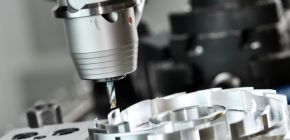


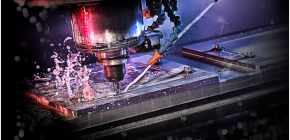
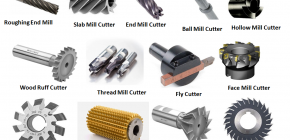

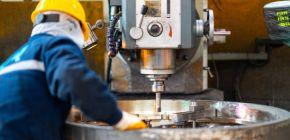
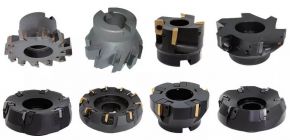
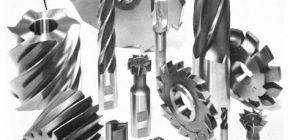
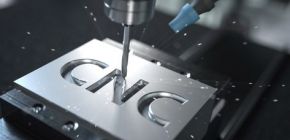
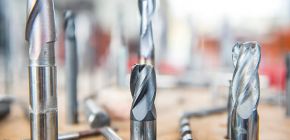
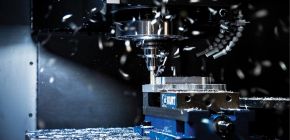
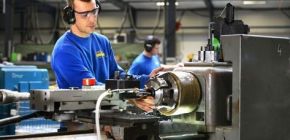
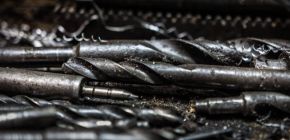
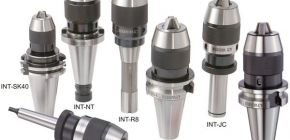

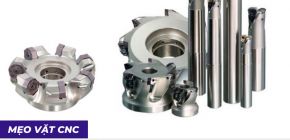
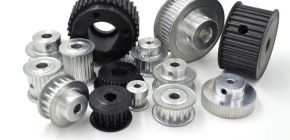
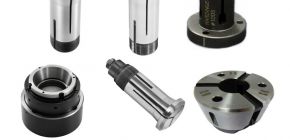


 0
0